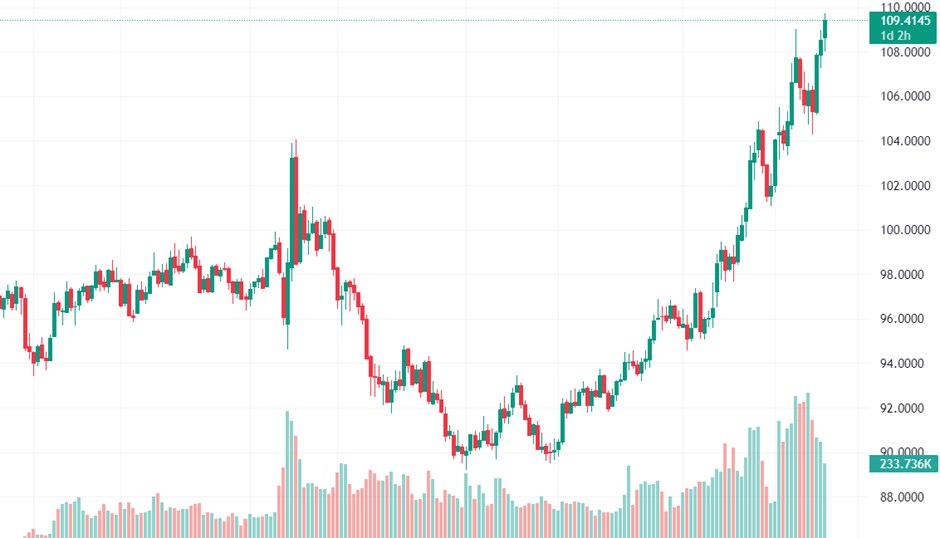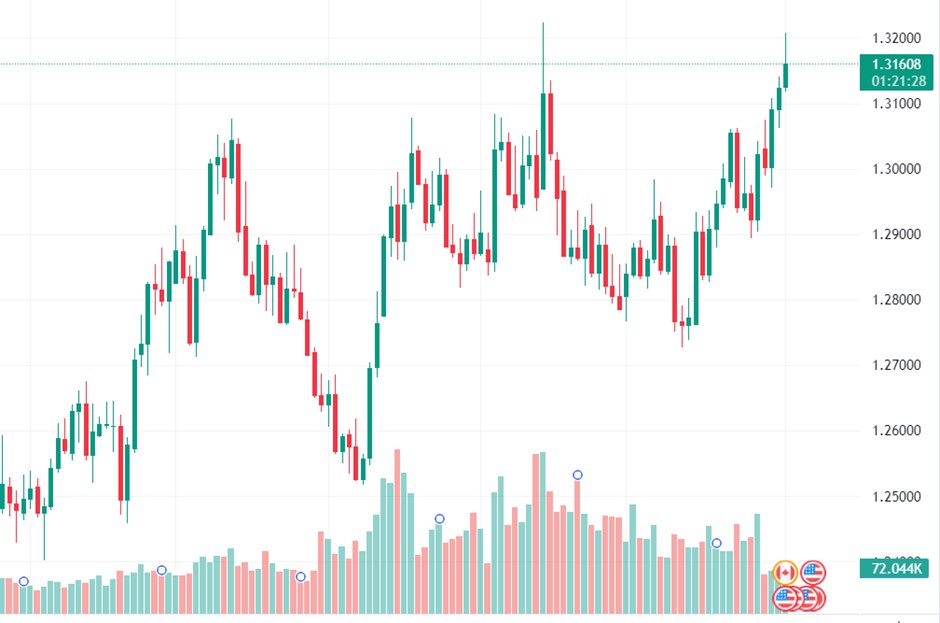Daily Market Analysis| This US Dollar is Still the King?

Daily Market Analysis
Key events:
USA - Average Hourly Earnings (MoM) (Aug)
USA - Nonfarm Payrolls (Aug)
USA - Unemployment Rate (Aug)
One of China's largest cities has closed for quarantine due to the COVID-19 outbreak, causing commodities and stocks around the world to fall. The U.S. stock market is down for the fifth straight time ahead of new labor market data and the ISM manufacturing survey. Canada's S&P Global PMI manufacturing index fell below the 50 mark in August. Here's what to know about the financial market on Friday, September 2.
1. China's quarantine slows down commodity and stock prices
Beijing's zero-tolerance policy on COVID-19 began to haunt the commodities market again the day before, as quarantine was imposed in Chengdu, the capital city of Sichuan province, home to 21 million people
The news hit base metal prices especially hard, with copper, nickel, and aluminum down more than 2 percent and zinc futures down more than 6 percent. Mining stocks also fell sharply on the London Stock Exchange.
Although Chengdu is not as directly important to the global market as Shanghai is, it is nevertheless an important industrial center. Volvo Cars has announced that its plant will close temporarily. Others are likely to follow.
2. US jobless claims data and ISM survey
U.S. stock indices fell on Thursday, extending their losing streak for the fifth straight day at the start of the new month.
At 2:25 p.m. GMT, the Dow Industrial Average was down 179 points, or 0.6%, while the S&P 500 was down 0.8% and the NASDAQ Composite was down 1.3%.
The market ended August on a slump and now has begun a new month, September, in which the U.S. Federal Reserve is set to make another move on interest rates. September was also historically the worst month of the year for stock indices.
New restrictions related to COVID-19 in several areas of China are adding to concerns about the possibility of an economic slowdown, which is weighing on stocks and oil prices.
Initial jobless claims fell to 232,000 last week, below expectations. The full U.S. employment report for August will be released Friday, and analysts expect the economy to add 300,000 jobs.
Among other economic data: the ISM Manufacturing PMI showed a reading of 52.8 in August, above the expected 52 and in line with July's reading.
The U.S. dollar index continued its daily rally after the data release and at the time of writing has reached its highest level in nearly two decades at 109.68.

DXY chart
3. NVIDIA warned of a new blow to sales in China; Broadcom earnings report to come out
The semiconductor sector is also likely to be in the spotlight after NVIDIA Corporation (NASDAQ: NVDA) warned of another hit to earnings due to U.S. restrictions on the sale of its artificial intelligence chips to China.
NVIDIA said it will lose $400 million in sales each quarter because of a new requirement to obtain an export license for some of its products.
This news comes in the middle of a tough week for chip makers, with Korean chip makers reporting their first quarterly drop in shipments in 3 years and inventories of unsold chips up 80% over last year.
4. Oil fell in price due to quarantine, PMI news from Caixin
Crude oil prices also fell to a 2-week low due to bad news out of China, which was not limited to the quarantine in Chengdu. The Caixin manufacturing PMI, a measure of private sector manufacturing activity, fell to 49.5 last month, worse than expected.
This outweighed any short-term support from last week's unexpected 3.3 million barrel drop in U.S. crude oil inventories.
5. Canada: Manufacturing Business Activity Index fell to 48.7 in August from an expected 53.6
Business activity in Canada's manufacturing sector declined in August, with the S&P Global PMI dropping to 48.7 from 52.5 in July. This reading was well below market expectations of 53.6.
Commenting on the data, Shreya Patel, an economist at S&P Global Market Intelligence, said: "The latest PMI data suggest further problems in Canada's manufacturing sector in the middle of the third quarter, as high inflation and concerns about the long-term outlook have hit demand hard." "Output and new orders fell at a faster pace and employment fell for the first time since the pandemic began in two years."
The USD/CAD pair rose slightly as a result of the initial reaction to the disappointing data and at the time of writing has added 0.3% to 1.3167.

USD/CAD Chart







